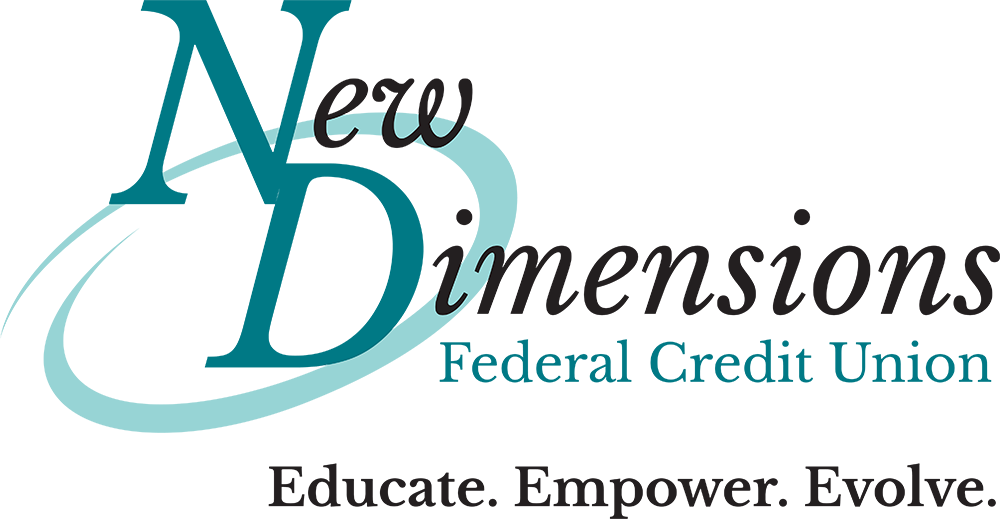Student Loans 101: A First-Time Borrower’s Guide to FAFSA & Beyond
Navigating student loan repayment can feel overwhelming, but knowing your options can help you plan for a financially secure future. Whether you’re preparing to start payments or just thinking ahead, understanding how each repayment plan works is key to making smart financial decisions.
Getting Started: The FAFSA Process, Step by Step
If you’re planning to go to college and need financial aid, filling out the FAFSA (Free Application for Federal Student Aid) is the first step. The FAFSA determines your eligibility for:
✔️ Federal grants (free money!)
✔️ Work-study opportunities
✔️ Federal student loans
✔️ Some state and institutional scholarships
And yes, it looks complicated. But don’t worry—we’re breaking it down step by step so you can tackle it like a pro!
Step 1: Gather Your Documents
Before starting, you’ll need:
📌 Your Social Security Number (or Alien Registration Number if you’re not a U.S. citizen)
📌 Your parents’ Social Security Numbers (if you’re a dependent student)
📌 Federal income tax returns, W-2s, and other income records (for both you and your parents)
📌 Bank statements and records of investments
📌 A list of schools you’re applying to
💡 Pro Tip: The FAFSA uses tax info from two years prior (so for the 2025-26 school year, you’ll use 2023 tax returns). If your family’s financial situation has changed, talk to your school’s financial aid office about submitting a special circumstances form.
Step 2: Create Your FSA ID
✅ Go to studentaid.gov
✅ Click “Create Account”
✅ Choose a username and password
✅ Enter your email and phone number (you’ll use these to log in later)
✅ Answer security questions and verify your email
💡 Why This Matters: Your FSA ID is your digital signature for the FAFSA. Both you and a parent (if dependent) need one!
Step 3: Fill Out the FAFSA
- Go to FAFSA.gov and log in.
- Select the correct FAFSA year (if applying for Fall 2025, choose the 2025-26 FAFSA).
- List the schools you’re applying to (they’ll use this to offer aid).
- Provide financial details (tax returns, income, assets).
- Sign and submit!
💡 Common Mistake: Not adding all your school choices! You can list up to 20 schools, and they won’t see where else you applied.
Step 4: Review Your Student Aid Report (SAR)
Once submitted, you’ll get a Student Aid Report (SAR) showing your Expected Family Contribution (EFC) or Student Aid Index (SAI). Schools use this to determine your aid package.
💡 If something looks wrong, you can make corrections online at studentaid.gov.
Understanding Your Aid Offer: Grants, Loans & Work-Study
After FAFSA processing, each school you applied to will send a Financial Aid Award Letter detailing:
✔️ Grants & Scholarships (free money—accept these first!)
✔️ Work-Study (a job to help pay for school)
✔️ Federal Loans (money you have to repay)
Types of Federal Student Loans
If you need loans, here are your options:
🔹 Direct Subsidized Loans – The government pays interest while you’re in school (best option!).
🔹 Direct Unsubsidized Loans – Interest accrues immediately after disbursement.
🔹 PLUS Loans – Available for parents and grad students; require a credit check.
💡 How Much Can You Borrow?
- $5,500 – $12,500 per year (undergraduates)
- $20,500 per year (graduate students)
Federal vs. Private Loans: What’s the Difference?
If federal loans don’t cover everything, you may consider private loans. But beware—these often have higher interest rates and fewer repayment options.
📌 Federal Loans: Lower interest, fixed rates, flexible repayment.
📌 Private Loans: Credit-based, variable interest, fewer protections.
Pro Tip: Exhaust scholarships, grants, and federal loans before looking at private lenders.
Repayment Options: How to Pay Off Your Loans Smartly
Choosing the right repayment plan can make a big difference in how much you pay overtime. Here are the main options available:
💡 Standard Repayment (10 years) – Fixed monthly payments; lowest total cost over time.
💡 Income-Driven Repayment (IDR) Plans – Payments are based on your income and family size, with possible loan forgiveness after 20-25 years.
💡 Extended or Graduated Plans – Lower initial payments that increase over time, allowing for more flexibility early in your career.
💡 Public Service Loan Forgiveness (PSLF) – If you work for a nonprofit or government agency, you may qualify for loan forgiveness after 120 qualifying payments.
📢 Important Disclaimer: The details of federal student loan repayment plans are subject to change. The U.S. Supreme Court is currently reviewing policies related to student loan repayment and forgiveness, which could impact available options. Stay updated by checking StudentAid.gov for the latest information.
Final FAFSA & Student Loan Tips
✅ File the FAFSA ASAP! Some aid is first-come, first-served.
✅ Double-check your info before submitting.
✅ Compare financial aid offers from different schools.
✅ Borrow only what you need—student loans aren’t free money.
✅ Look for scholarships to reduce borrowing.
At New Dimensions FCU, we’re here to help you find the right student loan solution for your education. While federal loans offer multiple repayment options, some students may need additional funding. That’s why we partner with Sallie Mae® to provide private student loan options tailored to your needs. If you’re looking for flexible financing to help bridge the gap, visit Sallie Mae’s website to explore loan options and find the best fit for your future.
As always, our team is here to answer your questions and help you make informed decisions! Contact us at (800) 326-6190 to learn more.
🎓 Ready to take on student loans the smart way? Apply for FAFSA today at studentaid.gov and set yourself up for success!
